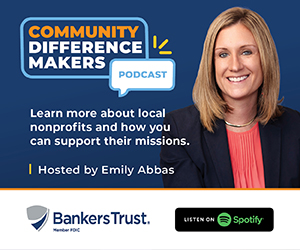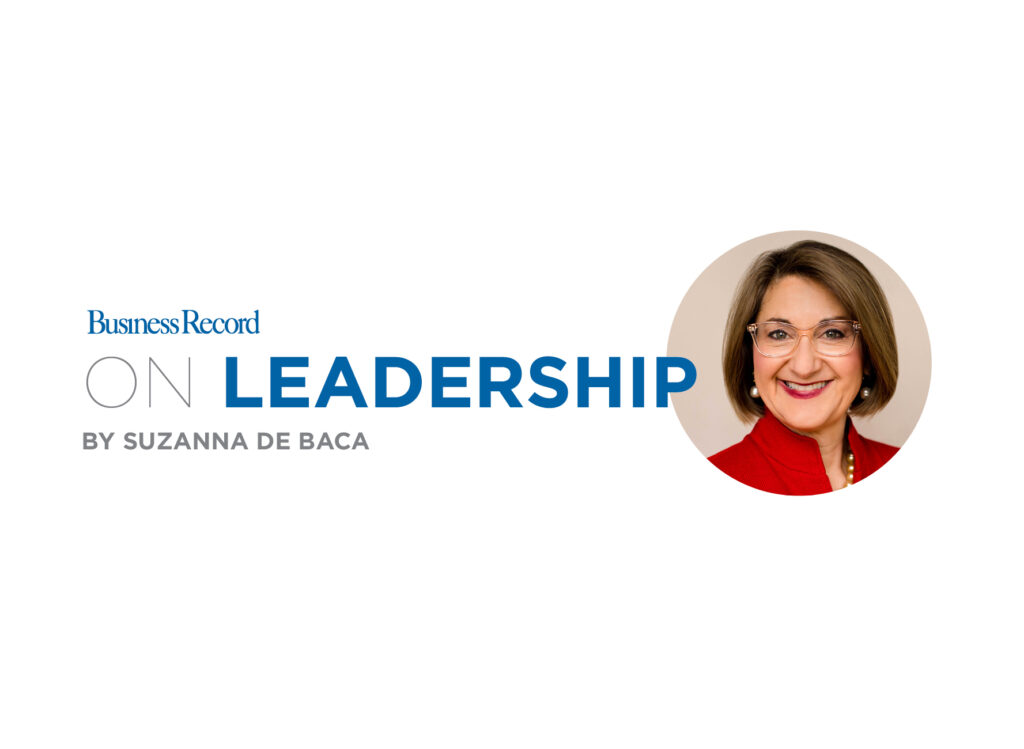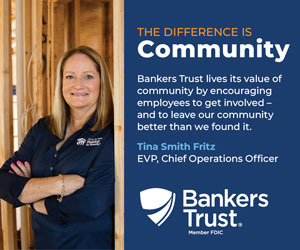Marketing: If you can’t say something nice…

It’s inevitable.
During every election cycle, I shake my head in dismay at the tactics taken by candidates at every level of government in their campaign ads. I hate the shouting, the hyperbole aimed at their opponents, and the ridiculous imagery that goes along with the words. They are everything we as marketers have been taught to avoid because of how offensive it is.
The problem is, they’re effective.
Many studies have been done that demonstrate that negative ads specifically tied to political campaigns are more memorable and have a more substantial impact on viewers.
Interestingly, a negative ad about the candidate you strongly support reinforces your buying decision to vote for that candidate. Our reaction is to be defensive on behalf of our candidate and protect them with our vote. An accidental downside for negative ads is that you can inadvertently activate your opponent’s base to go to the polls and vote.
When the studies say that negative ads are effective, they aren’t necessarily saying they help the candidate directly get more votes. It has been proven that they are more memorable, increase voter turnout and are stickier.
Several of the studies found that a negative frame is much more persistent or stickier than a positive one. If an ad comes at an issue negatively, but voters are later reminded of the policy’s positive aspects, they’ll still think it’s a bust. And if an ad presents a favorable view about a policy or issue, but later ads focus on its downsides, the voters’ positive perceptions will be swept away, and a negative one will take its place.
Once we think of a glass as half empty, it’s difficult to remember it is also half full. Our brains are hard-wired to seek out and remember negative information.
One of the most interesting aspects of the studies was when they looked at candidate or party ads versus ads placed like political action committees or PACs. Ads directly from the candidates were twice as effective as PAC ads. Whether it’s the “I approved this ad” endorsement or that the PAC ads tend to be even more extreme in their negativity, they are far less effective.
What does this mean for us as marketers? Should we start attacking our competitors in our ads and other marketing materials? Should we re-purpose their negative Yelp or Google reviews as a way of earning someone’s business?
Thankfully, the answer is a resounding no. While negativity plays well in the political arena, it does not perform the same in the marketplace.
Remember what our moms used to tell us when we said something negative about one of the kids at school. “Talking badly about someone says more about you than the person you’re talking about.”
It turns out that our moms were right again!
When we directly attack our competitors, we weaken our position. We come off looking vindictive and petty. The audience may find the feud entertaining, but they will also feel it is mean-spirited. Much like the accidental impact of negative political ads, the attack ads will also reinforce the loyalty and buying decisions of many of the customers who prefer the attacked brand.
But we should be able to help our prospects compare our product and services, shouldn’t we?
Absolutely. We just need to do it from a different angle.
In next week’s column, we’ll talk about some specific ways that you can encourage comparison without the blowback.
You may want your target audience to compare your product or service to those offered by your competition and that might be the smartest tactic. You just need to do so without damaging your reputation or your brand.









